When it comes to running a successful business, keeping your commercial property in top shape is crucial. One of the most vital aspects of maintenance is ensuring that your plumbing system is reliable and functioning smoothly. Whether it’s for routine maintenance or an emergency repair, choosing the right commercial plumbing contractor is essential for ensuring minimal disruption to your business operations. With so many options available, it can be a challenge to find a contractor who not only meets your needs but also provides top-notch service. Here’s a guide to help you make the best decision.
-
Experience and Expertise
The first thing to consider when choosing a commercial plumbing contractor is their experience and expertise. Commercial plumbing systems differ significantly from residential plumbing, requiring a different set of skills, tools, and knowledge. An experienced contractor will be familiar with the complexities of larger-scale plumbing systems, including water heaters, sewer systems, and gas lines. When evaluating potential contractors, inquire about their years of experience in handling commercial properties specifically. You want a team that has experience with businesses similar to yours, whether it’s office buildings, retail stores, restaurants, or industrial facilities.
Moreover, a contractor with a proven track record in commercial plumbing will be more adept at troubleshooting potential issues and providing solutions quickly, which minimizes downtime for your business. Check their portfolio of past projects to see if they have worked on projects of your size and complexity.
-
Licensing and Certifications
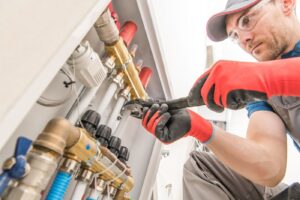 It’s important to verify that the plumbing contractor is fully licensed and insured. A licensed contractor has met the necessary requirements and has undergone proper training to handle commercial plumbing jobs. Licensing ensures that the contractor adheres to local building codes and regulations, which is especially important when you’re dealing with large-scale installations or repairs.
It’s important to verify that the plumbing contractor is fully licensed and insured. A licensed contractor has met the necessary requirements and has undergone proper training to handle commercial plumbing jobs. Licensing ensures that the contractor adheres to local building codes and regulations, which is especially important when you’re dealing with large-scale installations or repairs.
In addition to licensing, check for any industry certifications or affiliations with reputable organizations. These credentials show that the contractor is committed to professional development and is up to date on the latest industry standards and technologies.
-
24/7 Emergency Services
Plumbing issues can happen at any time, and some problems may require immediate attention. A clogged drain, burst pipe, or water leak can lead to significant damage to your property if left unattended. For this reason, it’s essential to choose a contractor that offers 24/7 emergency services. This ensures that you can reach them at any time of day or night, even during weekends or holidays.
When evaluating potential contractors, inquire about their response time for emergency calls and their availability for urgent repairs. Having a reliable contractor on hand in case of plumbing emergencies can prevent costly damages and minimize downtime for your business.
-
Range of Services
Another factor to consider when selecting a commercial plumbing contractor is the range of services they offer. Ideally, you want a contractor who can handle a wide variety of plumbing tasks, from routine maintenance to major installations. Some of the key services to look for include:
Drain cleaning and maintenance: Regular drain cleaning helps prevent blockages and keeps your plumbing running smoothly.
Sewer line repair and replacement: Over time, sewer lines can become damaged or worn, leading to unpleasant odors or leaks.
Water heater installation and repair: A commercial water heater must meet the demands of a large property, and it’s essential to have a contractor who can handle installation and maintenance.
Leak detection and repair: Detecting leaks early can save you from extensive water damage and costly repairs.
Pipe installation and replacement: Whether you need new pipes for an expansion or need to replace old, corroded ones, your plumbing contractor should be able to handle it.
By hiring a contractor who can handle all these services, you ensure that you don’t have to go searching for different contractors for different needs.
-
Reputation and Reviews
Before committing to a plumbing contractor, take the time to research their reputation within the community. Start by reading online reviews and testimonials from previous clients. Positive feedback is often a good indicator of a reliable and professional contractor.
In addition to online reviews, ask the contractor for references from past clients. Speaking directly with businesses that have worked with the contractor can give you a clearer picture of what to expect. Don’t hesitate to ask about their experiences, especially regarding the quality of service, punctuality, and the professionalism of the team.
-
Cost and Pricing Transparency
While cost should not be the sole determining factor in your decision, it’s still important to consider your budget when choosing a plumbing contractor. Ask for a detailed estimate before work begins, ensuring that all costs are outlined, including any labor, materials, and additional fees. A reputable contractor will offer clear and transparent pricing with no hidden costs.
Keep in mind that the cheapest option may not always be the best. Opting for a contractor with competitive rates who provides quality service is more valuable in the long run than simply choosing the lowest bidder.
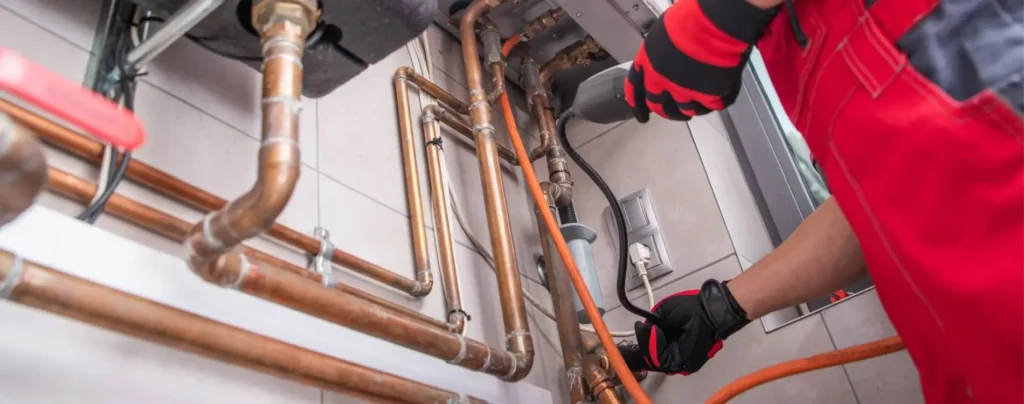
-
Customer Service and Communication
Good communication is vital when working with a plumbing contractor. Ensure that the contractor is responsive to your inquiries and communicates clearly throughout the process. Whether it’s answering questions about the work, explaining the problem, or providing updates on the project’s status, a contractor with strong communication skills will make the experience much smoother.
Pay attention to how the contractor handles your initial consultation or inquiry. Do they listen carefully to your concerns? Do they take the time to explain their services and offer practical advice? A contractor who demonstrates strong customer service is more likely to provide a positive experience and a job well done.
Choosing the right commercial plumbing contractor requires careful consideration of several key factors, including experience, licensing, range of services, reputation, cost, and customer service. By taking the time to research and evaluate potential contractors, you can ensure that your plumbing systems are in capable hands. Whether you need regular maintenance or emergency repairs, the right contractor will help keep your business running smoothly without interruption. Always prioritize quality over cost, and don’t hesitate to ask questions to find the perfect fit for your commercial plumbing needs.
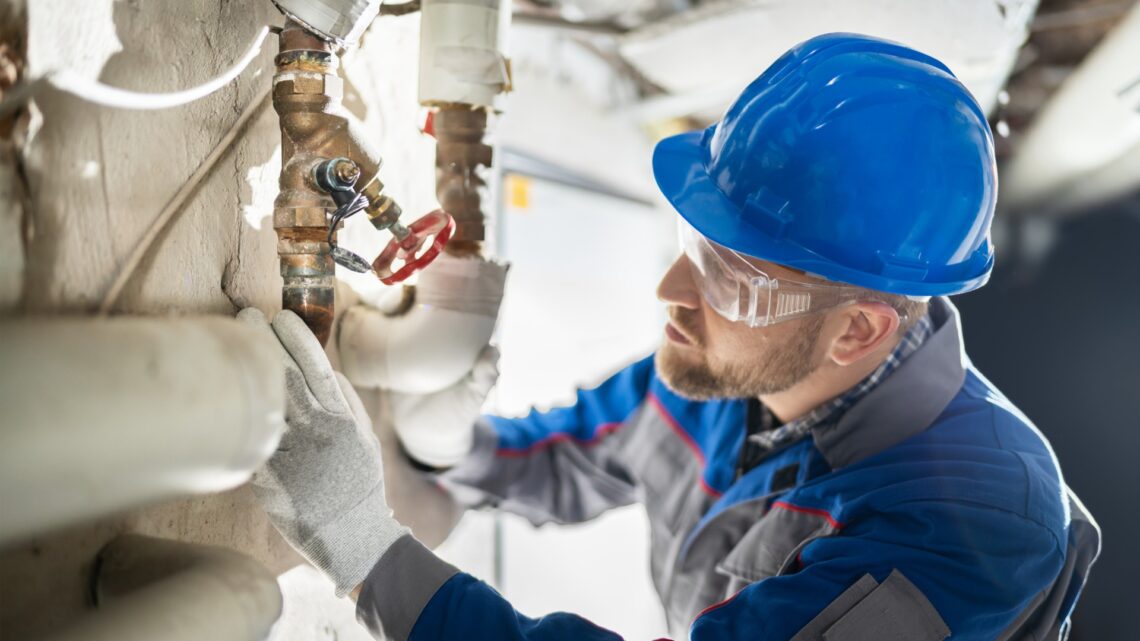
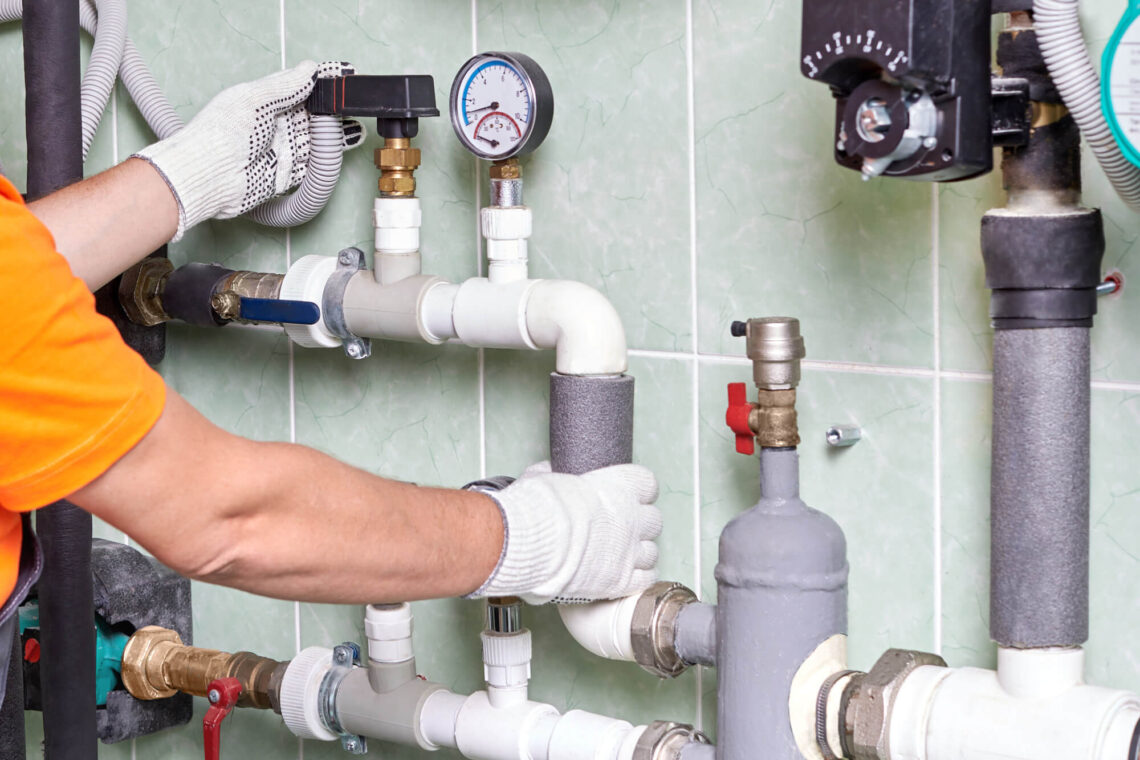
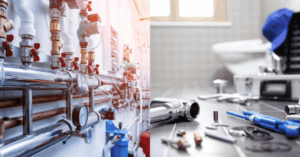 Water pressure requirements in residential and commercial buildings also differ significantly. In a residential system, the water pressure is typically consistent and needs to supply only a few bathrooms, a kitchen, and perhaps a laundry room. The water supply comes from the municipal system or a well and is usually sufficient to meet the daily needs of the household.
Water pressure requirements in residential and commercial buildings also differ significantly. In a residential system, the water pressure is typically consistent and needs to supply only a few bathrooms, a kitchen, and perhaps a laundry room. The water supply comes from the municipal system or a well and is usually sufficient to meet the daily needs of the household. Commercial plumbing systems often require specialized components that aren’t found in residential systems. For example, a restaurant may need to install grease traps to prevent grease and oils from clogging the plumbing. Hospitals, on the other hand, may need medical gas lines to supply oxygen and other gases to different rooms and areas.
Commercial plumbing systems often require specialized components that aren’t found in residential systems. For example, a restaurant may need to install grease traps to prevent grease and oils from clogging the plumbing. Hospitals, on the other hand, may need medical gas lines to supply oxygen and other gases to different rooms and areas.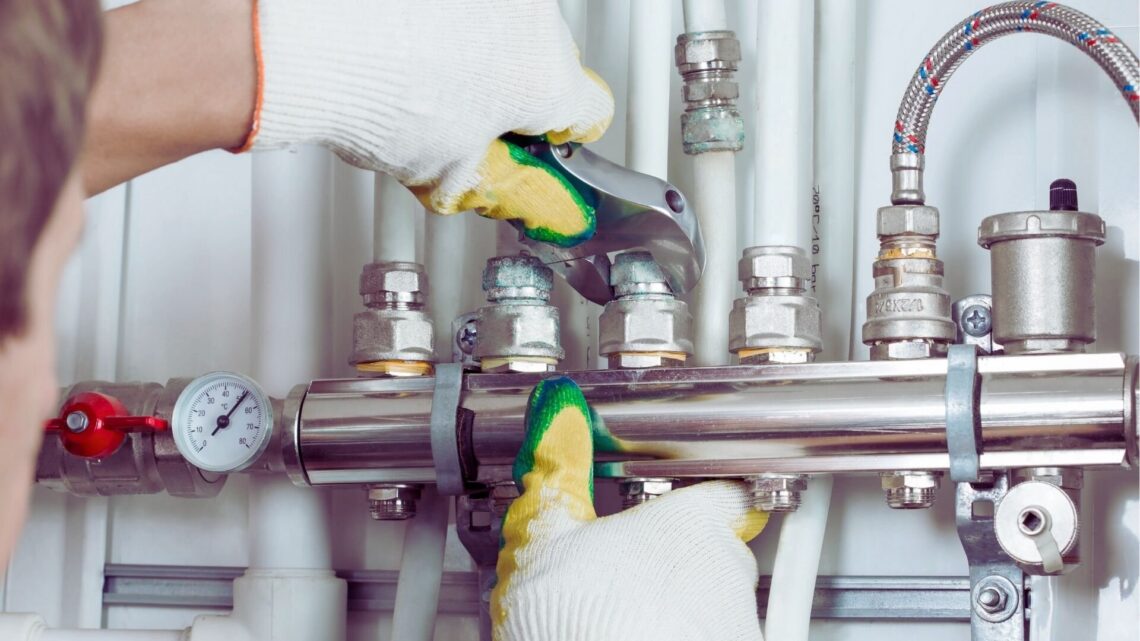
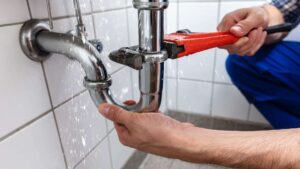 Older homes often have outdated piping systems that can be prone to leaks, corrosion, and other issues. Over time, pipes made of materials like galvanized steel or polybutylene can degrade, leading to potential plumbing disasters. Re-piping your home with more durable materials like PEX (cross-linked polyethylene) or copper can increase the property’s value by ensuring that the plumbing system is modern and in good condition.
Older homes often have outdated piping systems that can be prone to leaks, corrosion, and other issues. Over time, pipes made of materials like galvanized steel or polybutylene can degrade, leading to potential plumbing disasters. Re-piping your home with more durable materials like PEX (cross-linked polyethylene) or copper can increase the property’s value by ensuring that the plumbing system is modern and in good condition. For homes in areas with hard water, installing a whole-house water softener can be a great plumbing upgrade. Hard water contains high levels of calcium and magnesium, which can cause scale buildup in pipes and appliances, reduce the lifespan of water heaters, and leave water spots on dishes and fixtures. A water softener can solve these issues by removing these minerals from the water supply.
For homes in areas with hard water, installing a whole-house water softener can be a great plumbing upgrade. Hard water contains high levels of calcium and magnesium, which can cause scale buildup in pipes and appliances, reduce the lifespan of water heaters, and leave water spots on dishes and fixtures. A water softener can solve these issues by removing these minerals from the water supply.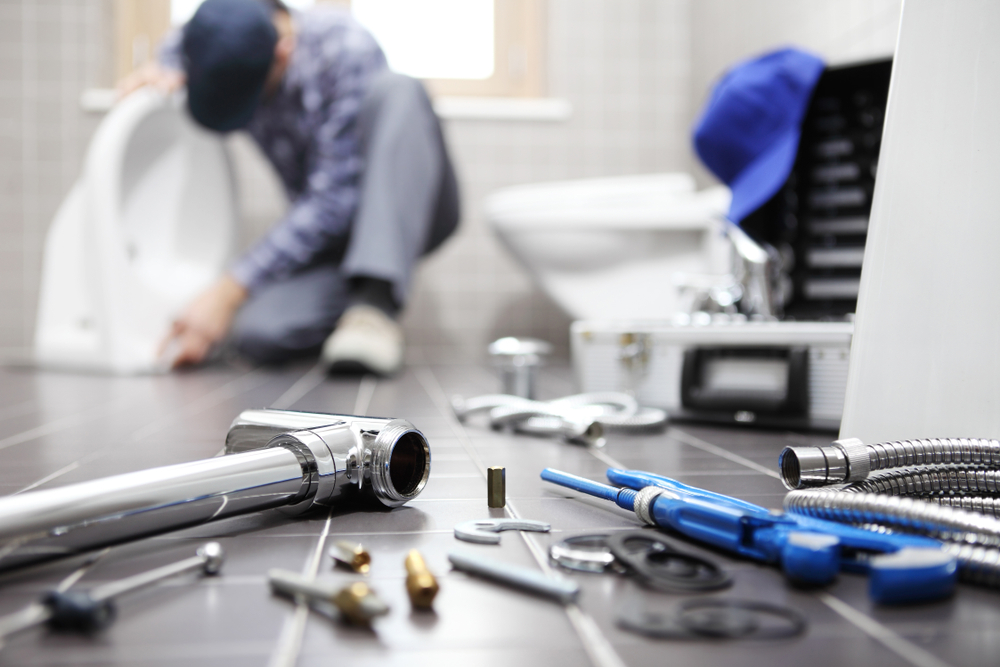

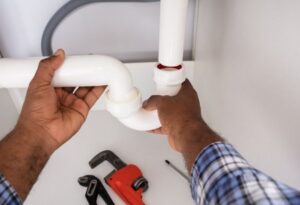
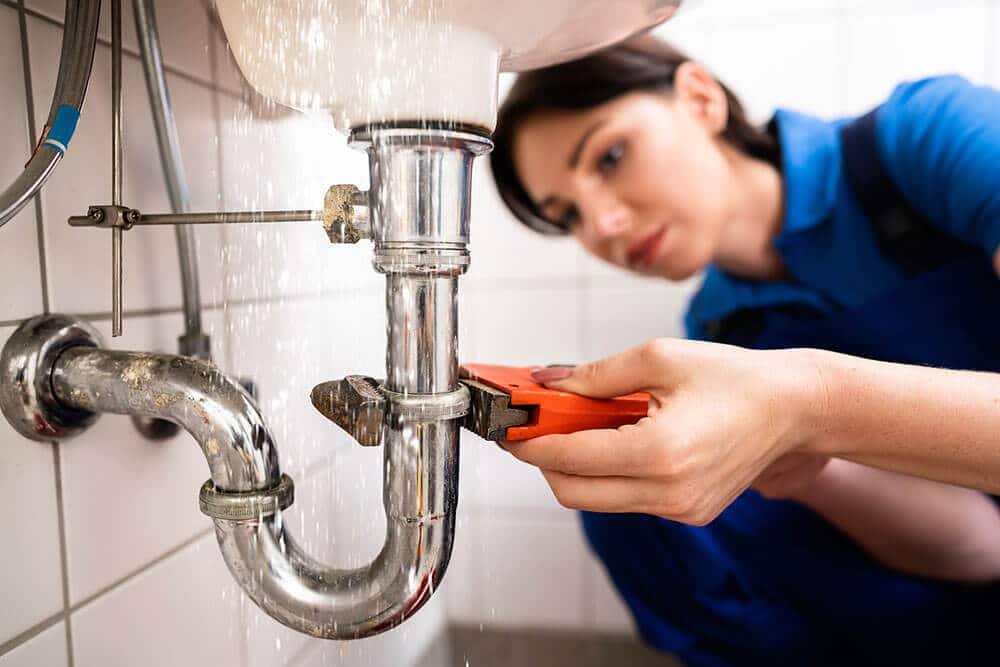
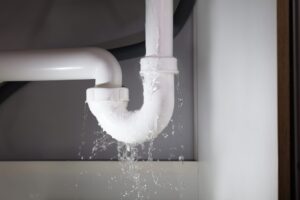 Sometimes, you can hear a water leak if it’s large enough or if it’s causing a noticeable sound. Turn off all appliances and listen carefully. In a quiet home, you might hear water running or dripping, especially in the walls or under the floor.
Sometimes, you can hear a water leak if it’s large enough or if it’s causing a noticeable sound. Turn off all appliances and listen carefully. In a quiet home, you might hear water running or dripping, especially in the walls or under the floor.

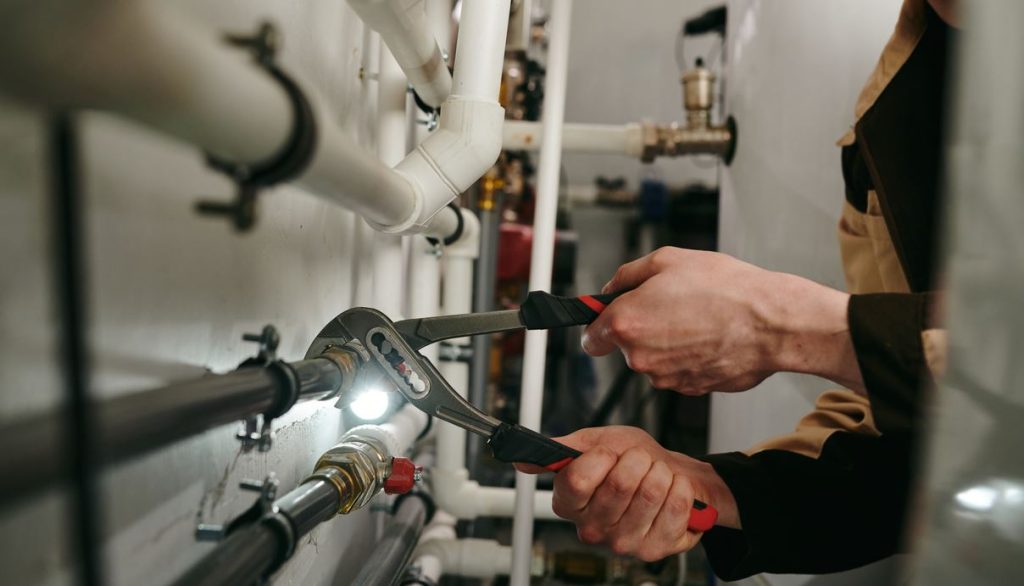
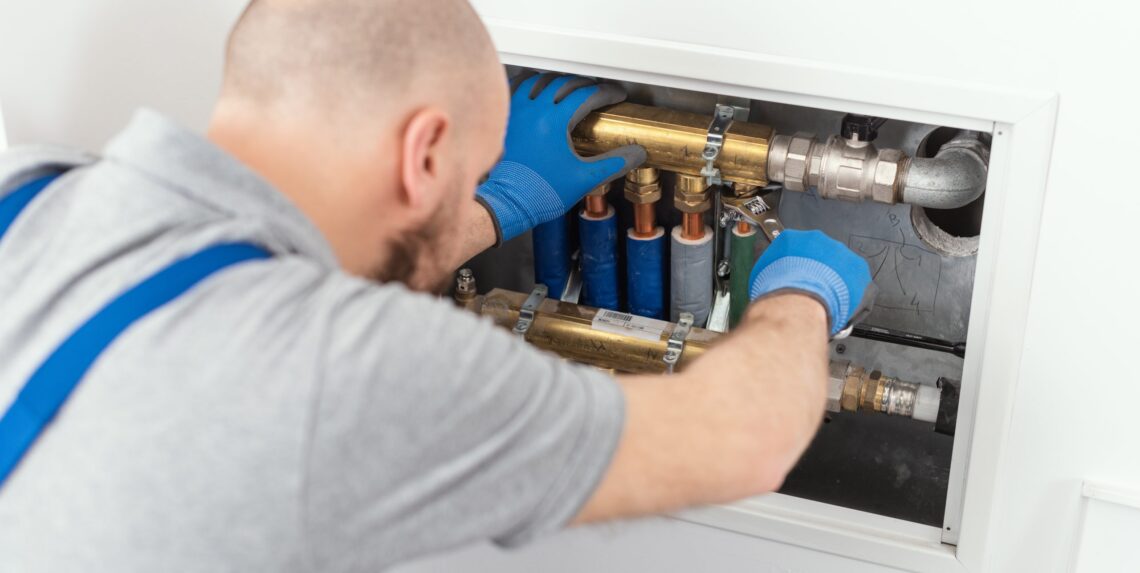
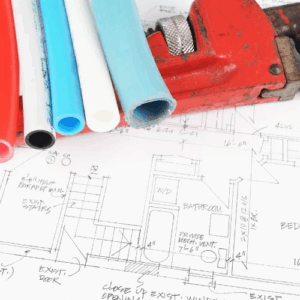 Using a plunger to clear a clogged drain is often a homeowner’s first line of defense, and while it can work for minor blockages, it’s not a cure-all. Many plumbing problems, such as stubborn clogs deep in the pipes, require more than just a quick plunge. In fact, attempting to plunge a serious clog could damage your pipes or make the issue worse.
Using a plunger to clear a clogged drain is often a homeowner’s first line of defense, and while it can work for minor blockages, it’s not a cure-all. Many plumbing problems, such as stubborn clogs deep in the pipes, require more than just a quick plunge. In fact, attempting to plunge a serious clog could damage your pipes or make the issue worse.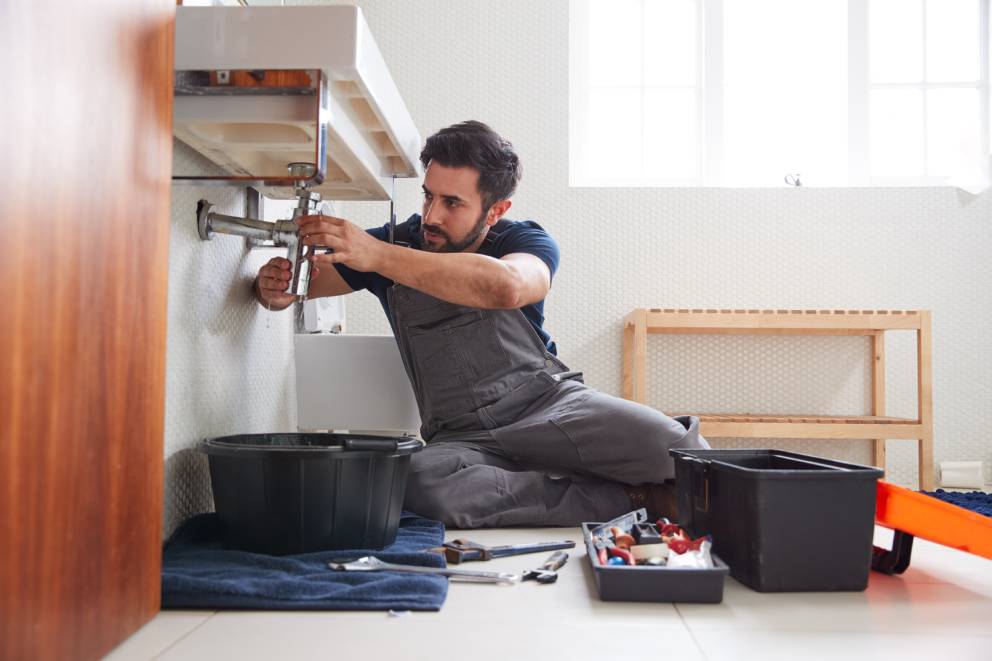
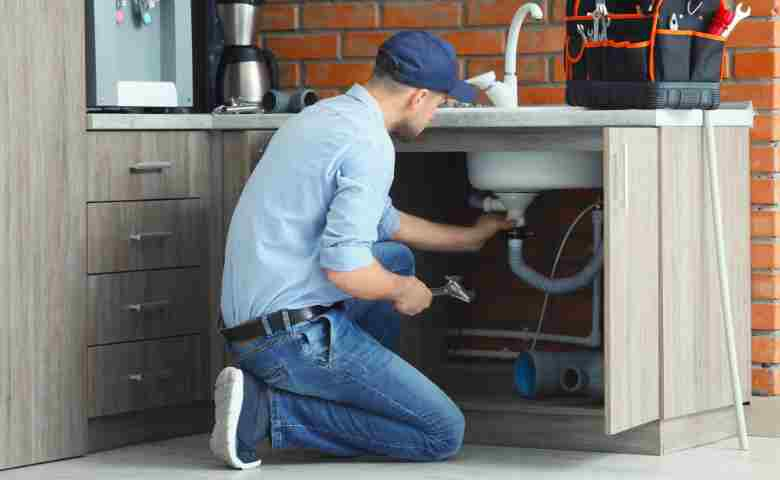
 The frequency of plumbing maintenance depends on various factors, such as the age of your plumbing system, the size of your home, and the usage of your plumbing fixtures. As a general guideline, homeowners should schedule professional plumbing maintenance at least once a year. However, if you live in an older home with aging pipes, you may want to have your plumbing checked more frequently.
The frequency of plumbing maintenance depends on various factors, such as the age of your plumbing system, the size of your home, and the usage of your plumbing fixtures. As a general guideline, homeowners should schedule professional plumbing maintenance at least once a year. However, if you live in an older home with aging pipes, you may want to have your plumbing checked more frequently.
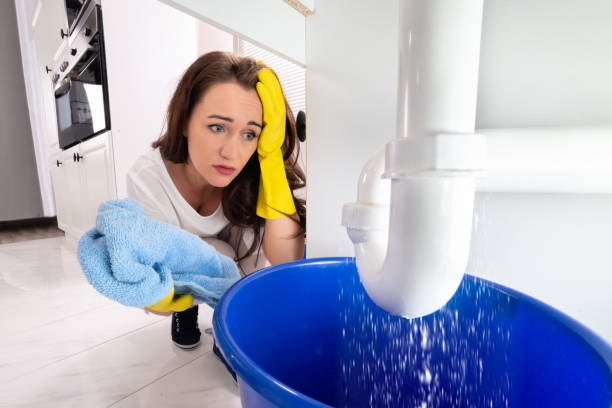
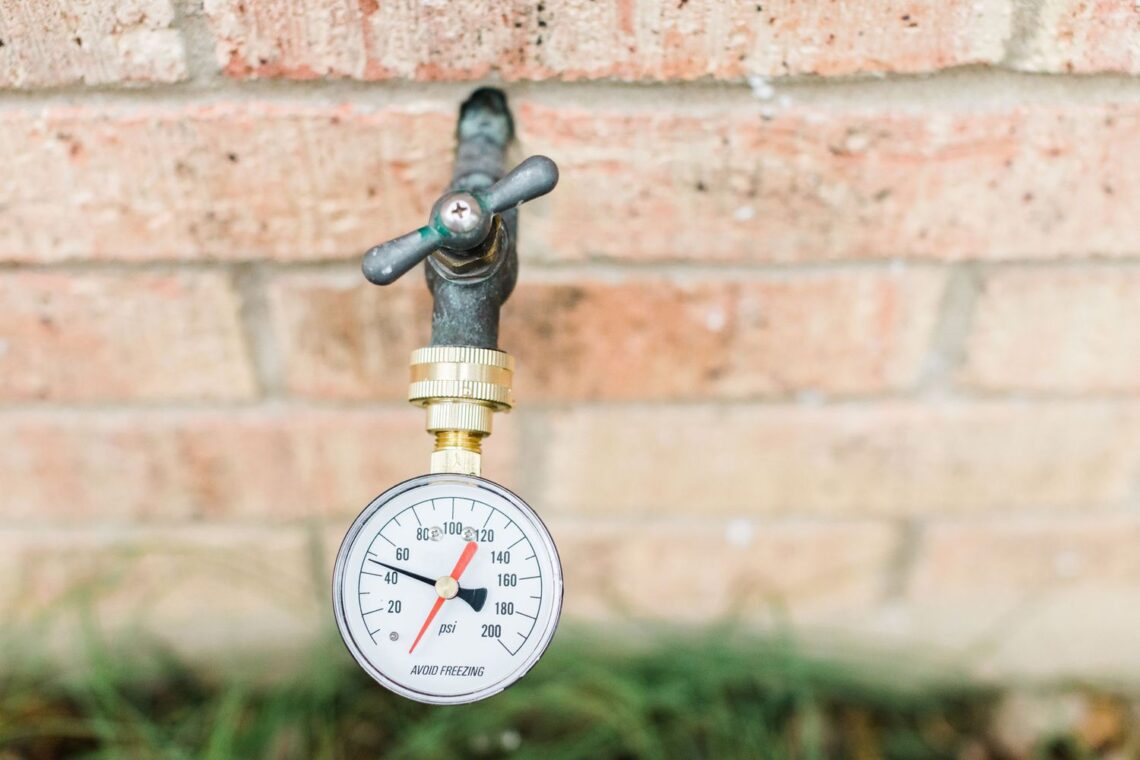
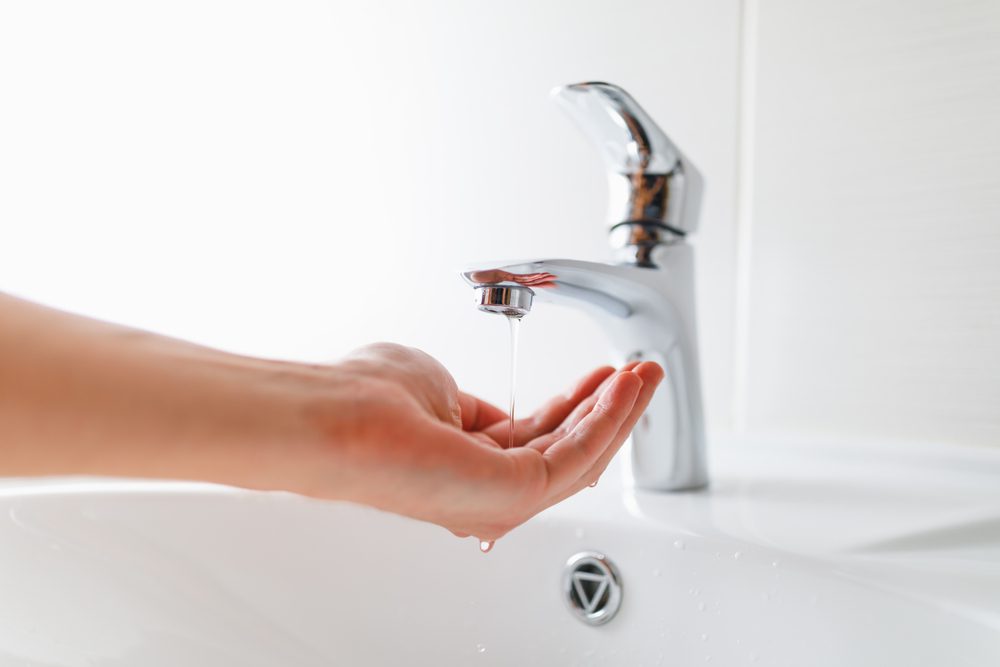
 While some causes of low water pressure—like cleaning a faucet—are easy to fix, others require professional expertise. If you suspect a leak, corroded pipes, or a regulator issue, it’s best to call a licensed plumbing technician. Not only will they diagnose the problem accurately, but they can also ensure that repairs meet local building codes and safety standards.
While some causes of low water pressure—like cleaning a faucet—are easy to fix, others require professional expertise. If you suspect a leak, corroded pipes, or a regulator issue, it’s best to call a licensed plumbing technician. Not only will they diagnose the problem accurately, but they can also ensure that repairs meet local building codes and safety standards.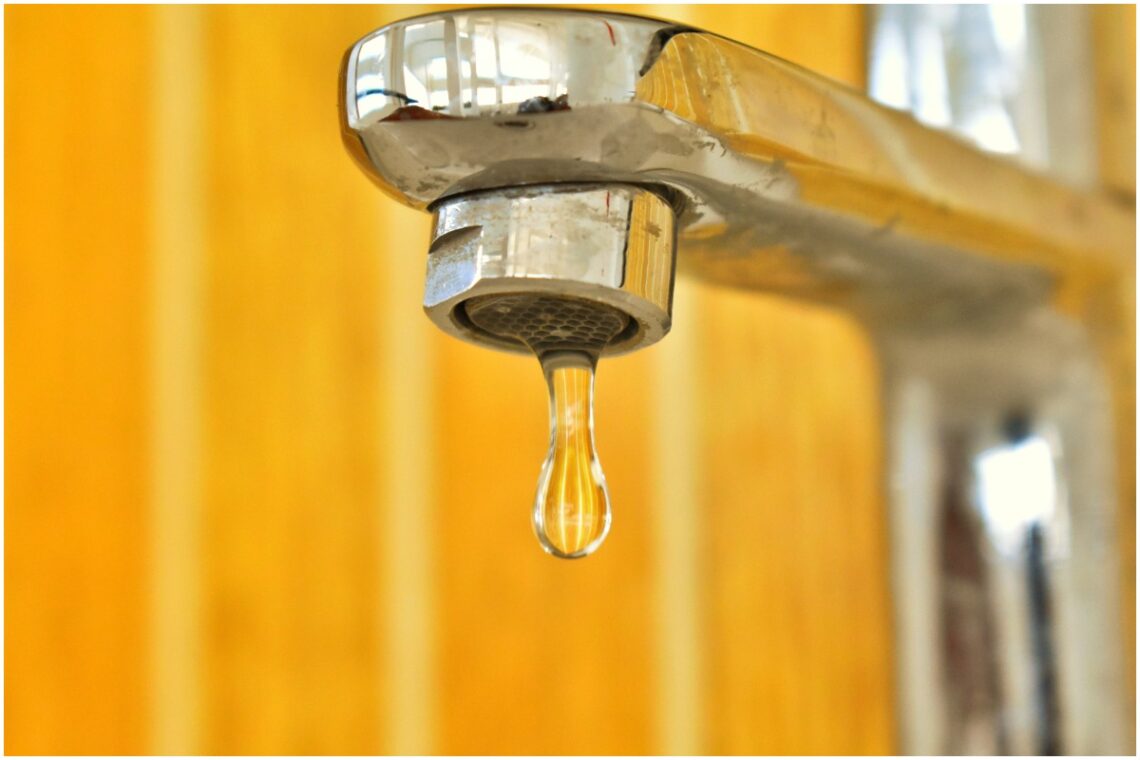

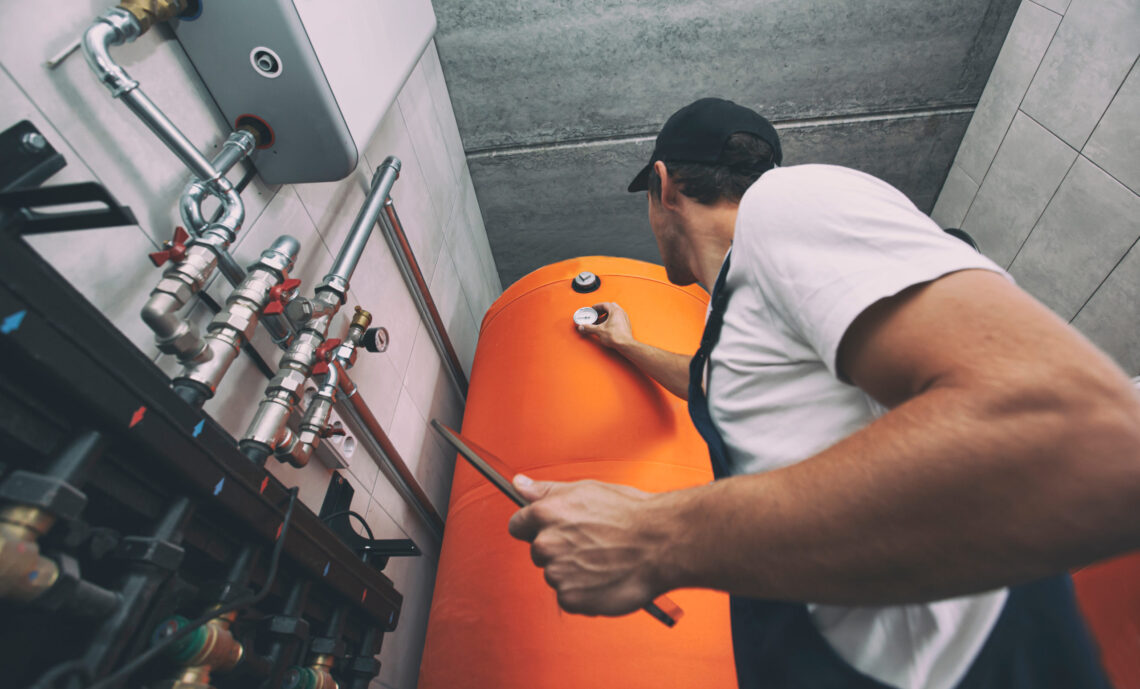
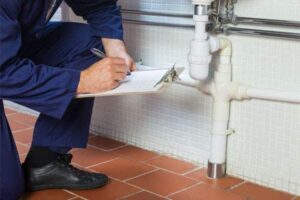 A comprehensive plumbing inspection is more than just checking for leaky pipes. Licensed plumbers follow a detailed checklist that examines multiple aspects of your home’s plumbing system. Here’s what typically happens:
A comprehensive plumbing inspection is more than just checking for leaky pipes. Licensed plumbers follow a detailed checklist that examines multiple aspects of your home’s plumbing system. Here’s what typically happens: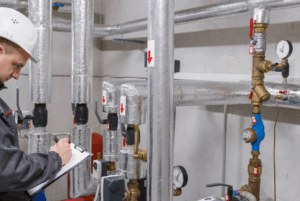
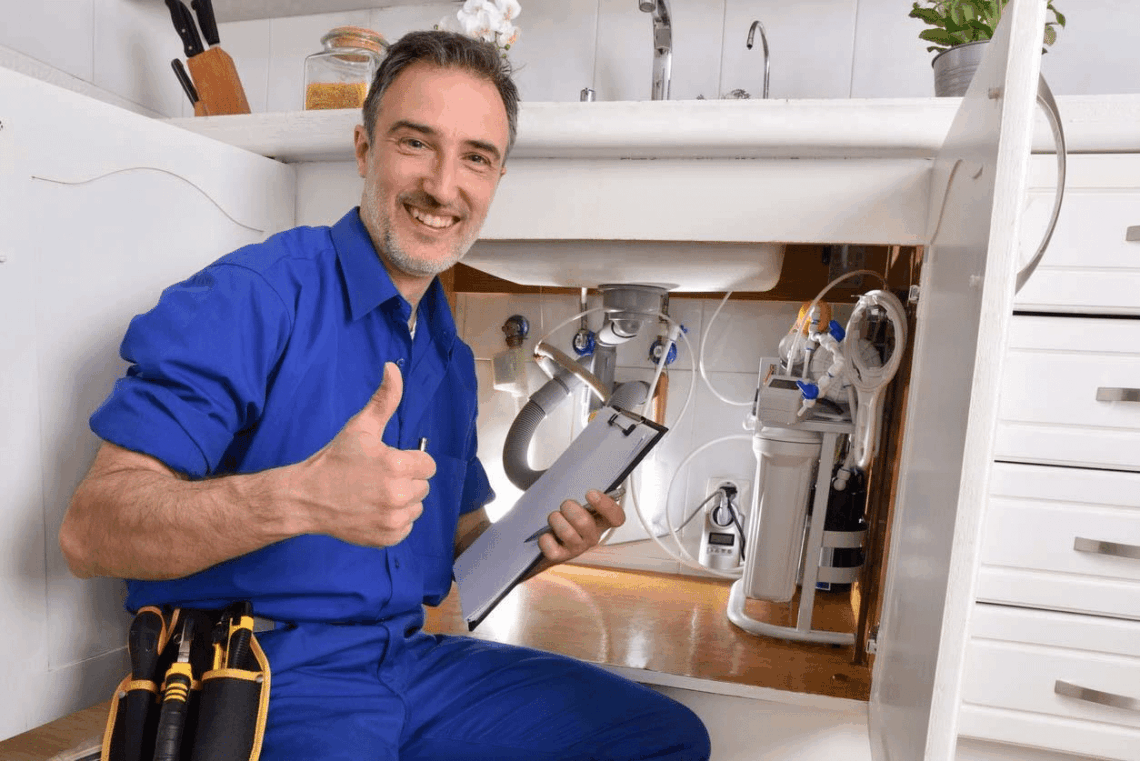

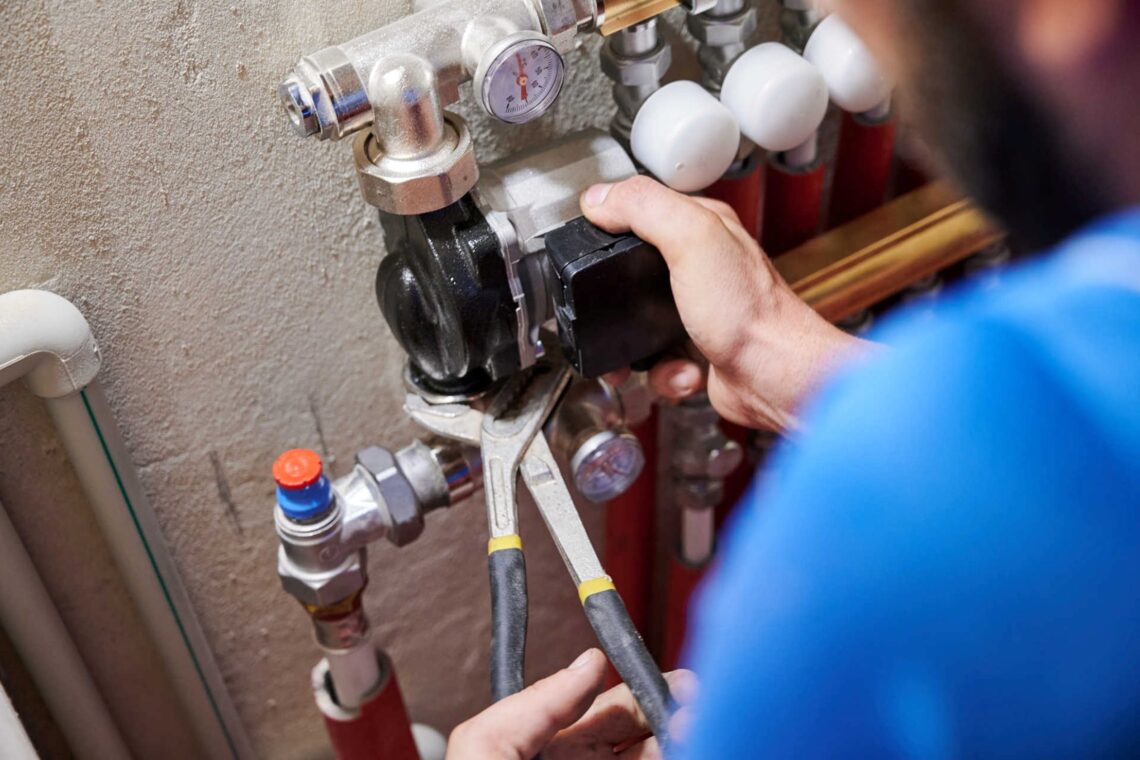

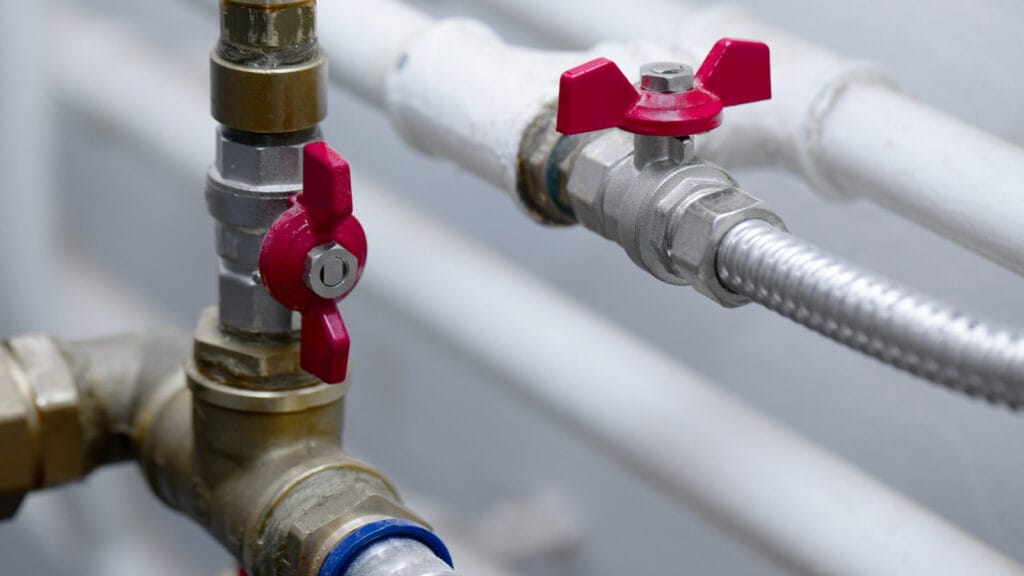
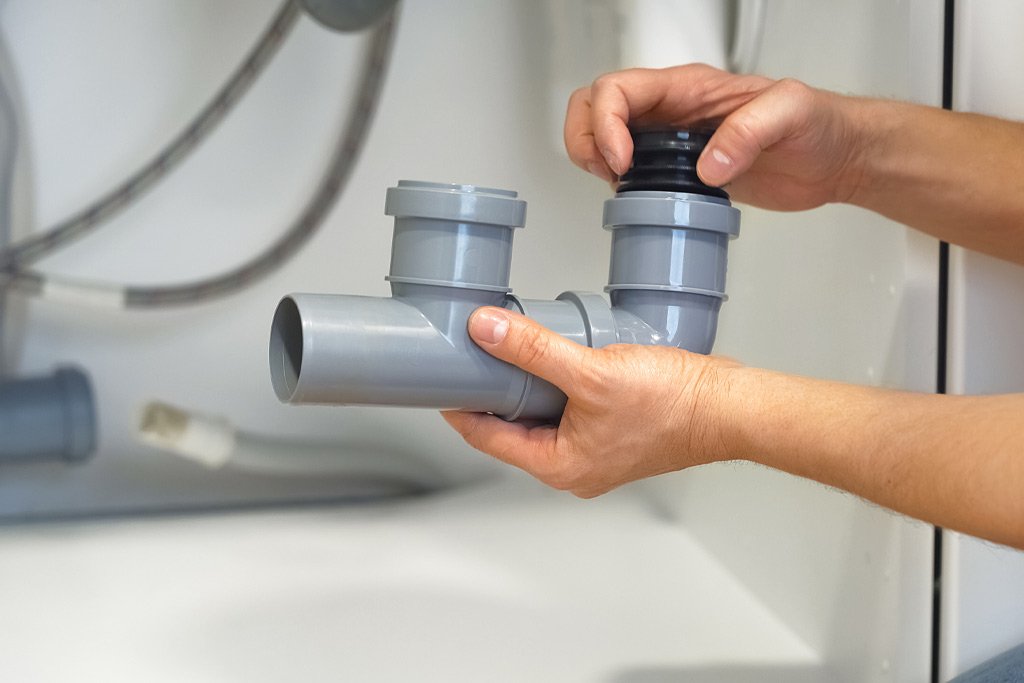
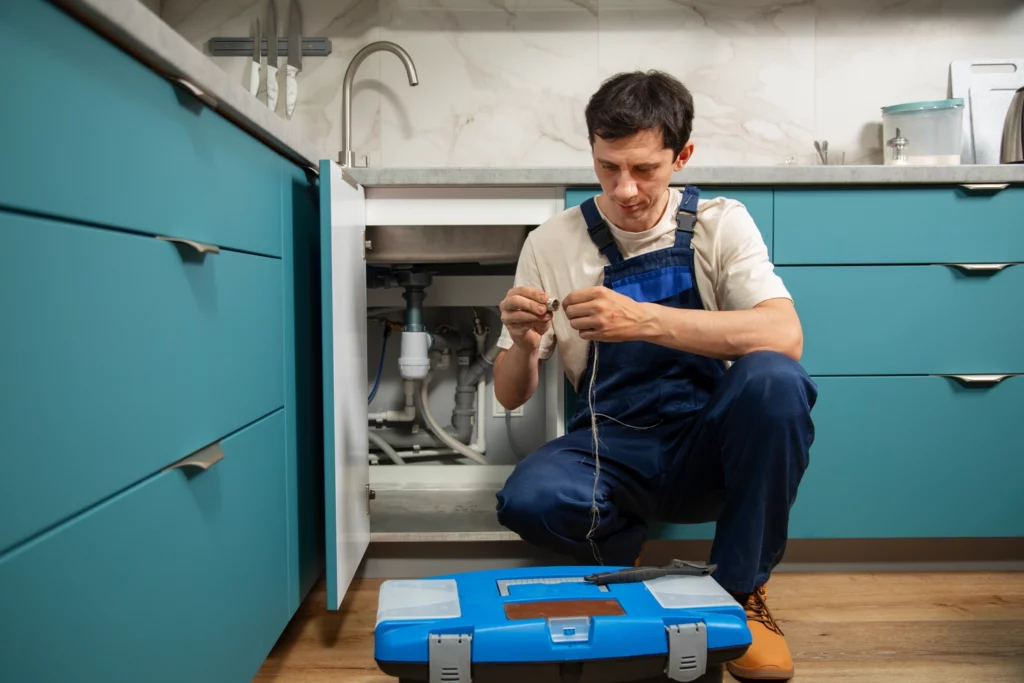
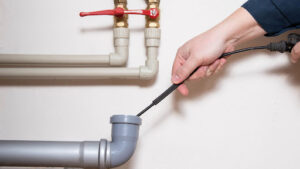 Persistent dampness caused by leaking pipes provides the perfect environment for mold and mildew. If you’re seeing mold in places that should be dry or smelling a musty odor, it’s worth checking the condition of your plumbing. Even small, slow leaks behind walls or beneath floors can lead to widespread fungal growth and health hazards.
Persistent dampness caused by leaking pipes provides the perfect environment for mold and mildew. If you’re seeing mold in places that should be dry or smelling a musty odor, it’s worth checking the condition of your plumbing. Even small, slow leaks behind walls or beneath floors can lead to widespread fungal growth and health hazards.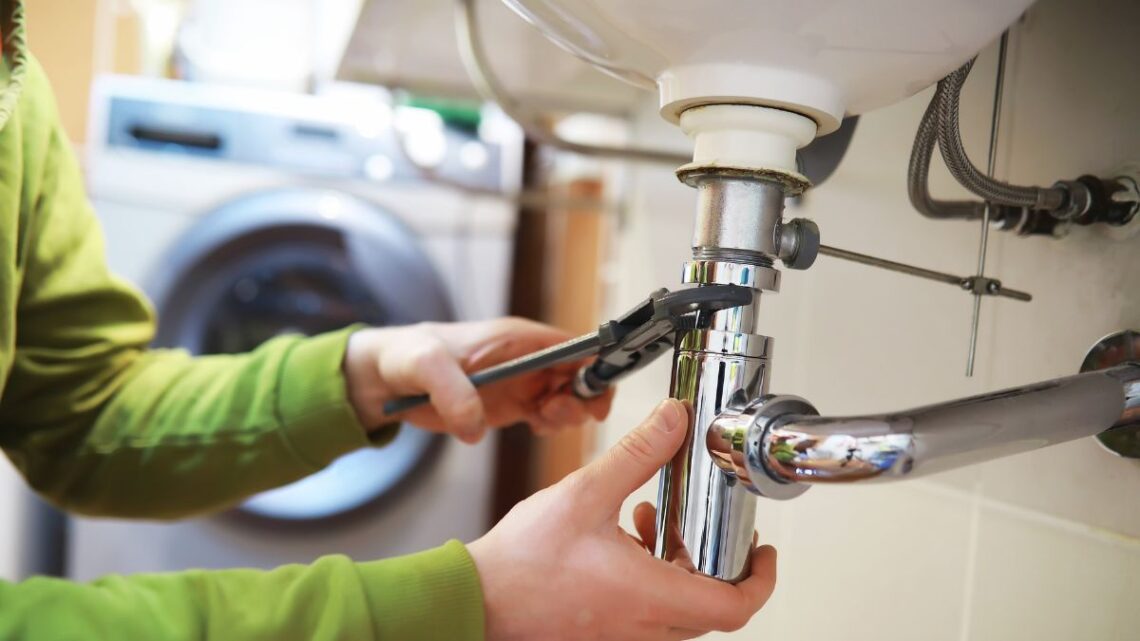
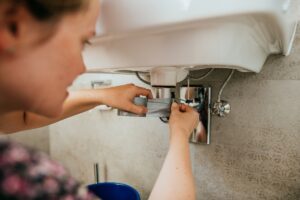
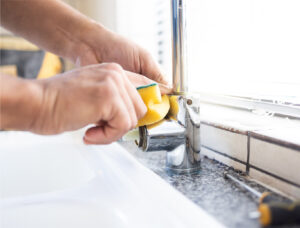
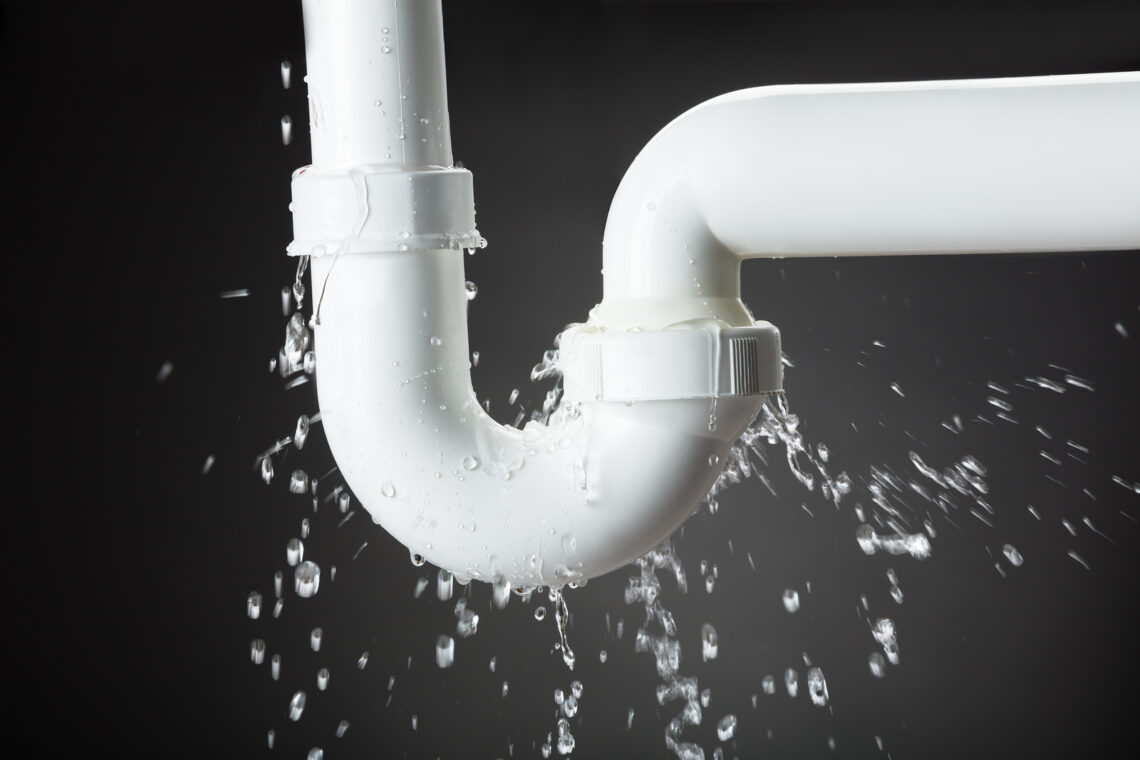

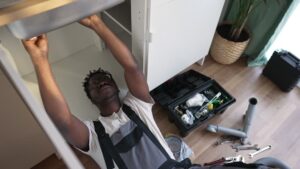
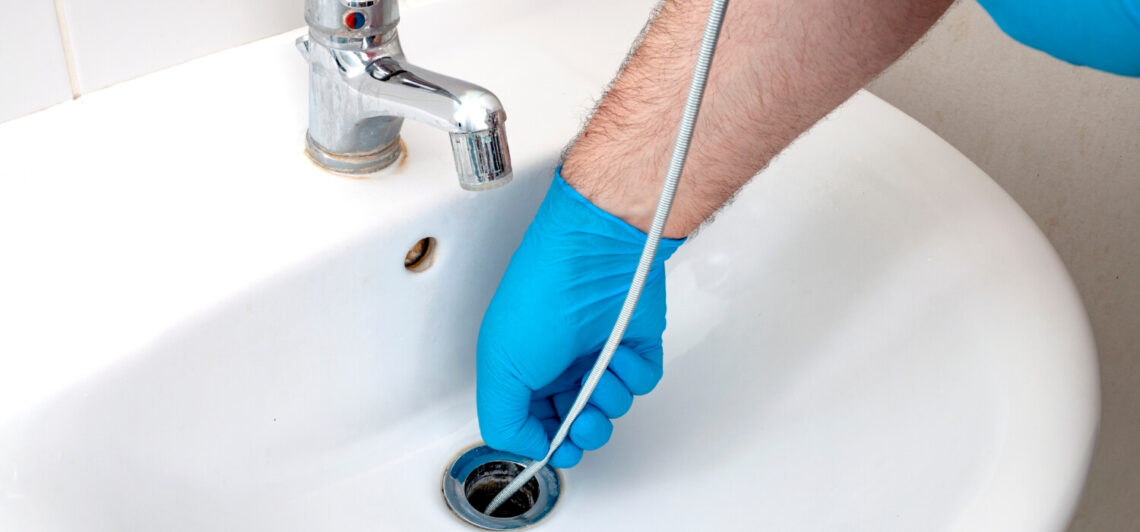
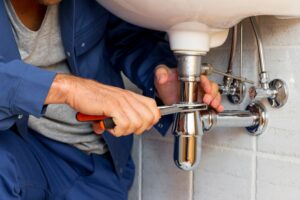 That constant drip from your faucet isn’t just annoying — it’s costly. A single dripping tap can waste hundreds of gallons of water each year. Fixing small leaks promptly not only conserves water but also helps you avoid bigger plumbing problems down the line, such as mold growth or water damage.
That constant drip from your faucet isn’t just annoying — it’s costly. A single dripping tap can waste hundreds of gallons of water each year. Fixing small leaks promptly not only conserves water but also helps you avoid bigger plumbing problems down the line, such as mold growth or water damage.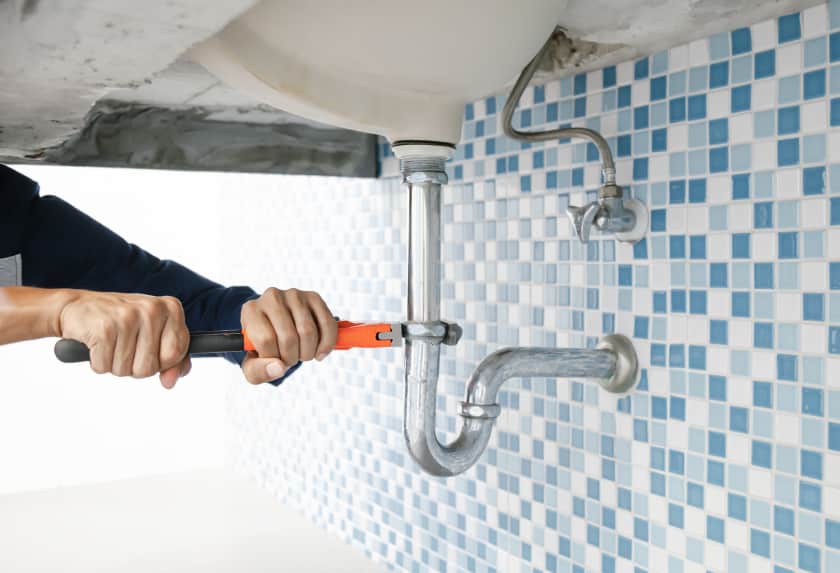

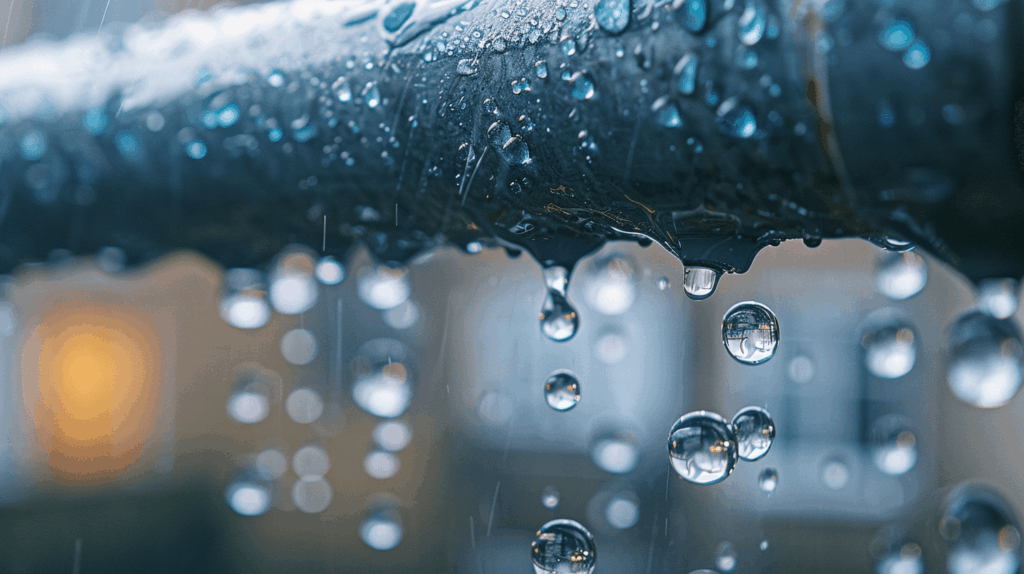
 While they might seem like a quick fix for a clog, chemical drain cleaners can do more harm than good. These harsh products can erode your pipes over time and are especially damaging to older plumbing systems. Instead, use a plunger, plumber’s snake, or a natural solution like baking soda and vinegar. For persistent clogs, it’s best to call a professional plumber.
While they might seem like a quick fix for a clog, chemical drain cleaners can do more harm than good. These harsh products can erode your pipes over time and are especially damaging to older plumbing systems. Instead, use a plunger, plumber’s snake, or a natural solution like baking soda and vinegar. For persistent clogs, it’s best to call a professional plumber.